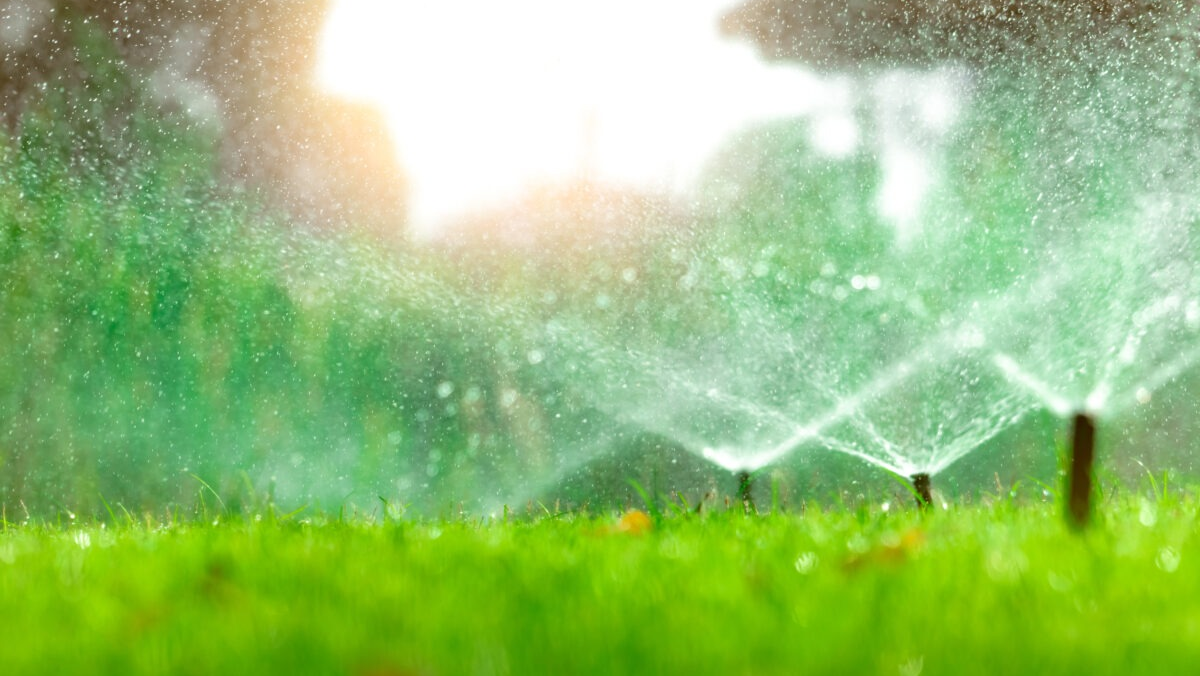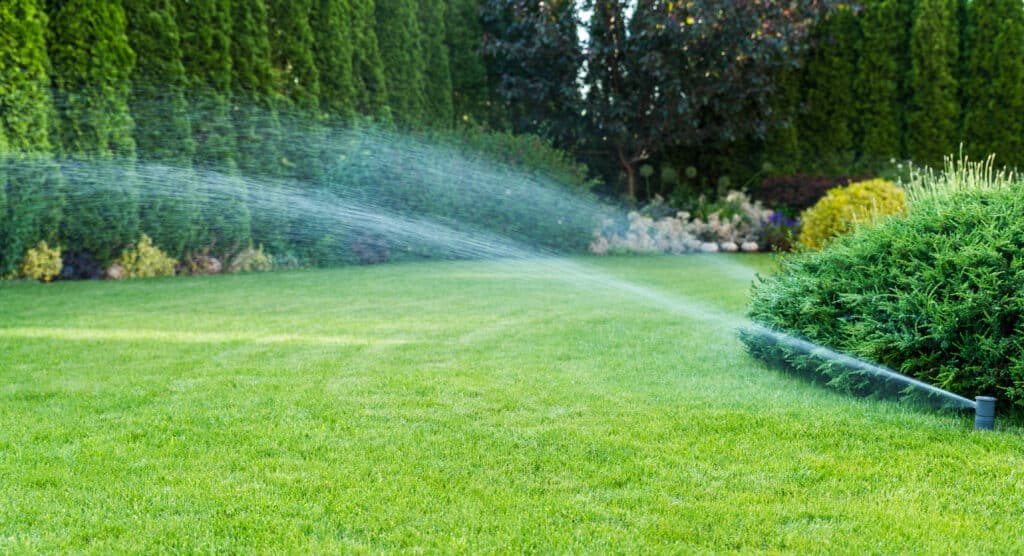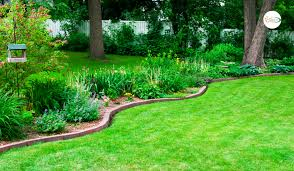
Across the globe—and especially in dry regions like the UAE—homeowners are being encouraged to rethink their traditional green lawns. With climate change, water shortages, and rising maintenance costs, the trend of reducing lawn size or replacing lawns entirely with ground cover is growing fast. Not only does this environmentally-conscious approach conserve water, but it also saves time, money, and energy. For anyone looking to update their landscape while protecting the planet, switching to ground cover may be the smartest move yet.
Let’s explore why smaller lawns and ground cover alternatives are gaining popularity, and how you can make the transition successfully.

Lush green lawns have long been a symbol of wealth and beauty in residential areas. However, they come with a high environmental and financial cost, especially in arid countries like the UAE.
Here are some of the key issues:
With these drawbacks, it’s no surprise that eco-conscious homeowners and landscape designers are turning toward more sustainable options.
Ground cover refers to low-growing plants that spread across the soil to create a natural carpet. These plants are not only beautiful but also practical. Unlike lawns, most ground cover varieties require minimal watering, little mowing, and no harmful chemicals.
Some popular ground cover options include:
Each of these plants offers unique benefits, such as drought resistance, pest tolerance, and aesthetic appeal. Many also attract pollinators, boosting biodiversity in your garden.
1. Major Water Savings
Switching from traditional turf to ground cover can reduce outdoor water use by up to 75%. This is especially important in water-scarce regions like the UAE, where every drop counts.
2. Lower Maintenance Costs
No more spending hours on mowing or hiring landscaping services. Ground covers grow slowly and require less attention.
3. Eco-Friendly Landscaping
Using less water and fewer chemicals means your garden has a smaller carbon footprint. This contributes to better soil health, air quality, and wildlife support.
4. Beautiful and Unique Gardens
Ground cover plants come in many colors and textures, allowing for a more creative and personalized landscape. You can design a mosaic of different plants for visual interest all year long.
5. Cooler Outdoor Spaces
Unlike lawns and concrete, many ground cover plants don’t retain heat, helping to keep your surroundings cooler—especially during summer months.
Given the hot, dry climate of the UAE, choosing the right ground cover is essential. Here are some options that perform well in desert or semi-arid conditions:
Consult a local nursery or landscaping expert for recommendations based on your soil type and sun exposure.
Transforming your lawn doesn’t have to be a major construction project. Here’s a simple step-by-step guide:
1. Plan Your Layout
Decide how much of your lawn you want to remove. You can start with one section and expand gradually.
2. Remove the Grass
Use eco-friendly methods like solarization (covering with plastic sheeting) or sheet mulching with cardboard and compost.
3. Improve the Soil
Once the grass is gone, prepare the soil by loosening it and adding organic matter if needed.
4. Choose Your Ground Cover
Pick plants that match your climate and garden conditions. Mix and match for variety and color.
5. Plant and Mulch
Install the ground cover and add mulch around the plants to reduce weeds and retain moisture.
6. Water Until Established
Although ground cover needs less water long-term, give new plants regular watering until roots are established.

Initial costs for converting a lawn to ground cover can vary based on the size of your yard and the plants you choose. However, the long-term savings are significant. Reduced water bills, minimal maintenance, and fewer landscaping services all add up.
Moreover, eco-conscious landscaping can increase your home’s value and appeal, especially among buyers looking for sustainable features.
Reducing lawn size or switching to ground cover is more than just a landscaping trend—it’s a sustainable lifestyle change. In regions like the UAE where water is precious and the sun is intense, this change is both practical and necessary.
With the right plants and planning, you can create a beautiful, low-maintenance, and environmentally-friendly outdoor space. Whether you start small or go all in, your garden—and the planet—will thank you.
Read More:- Deyaar’s Latest Announcement Shakes Up the UAE Property Market
